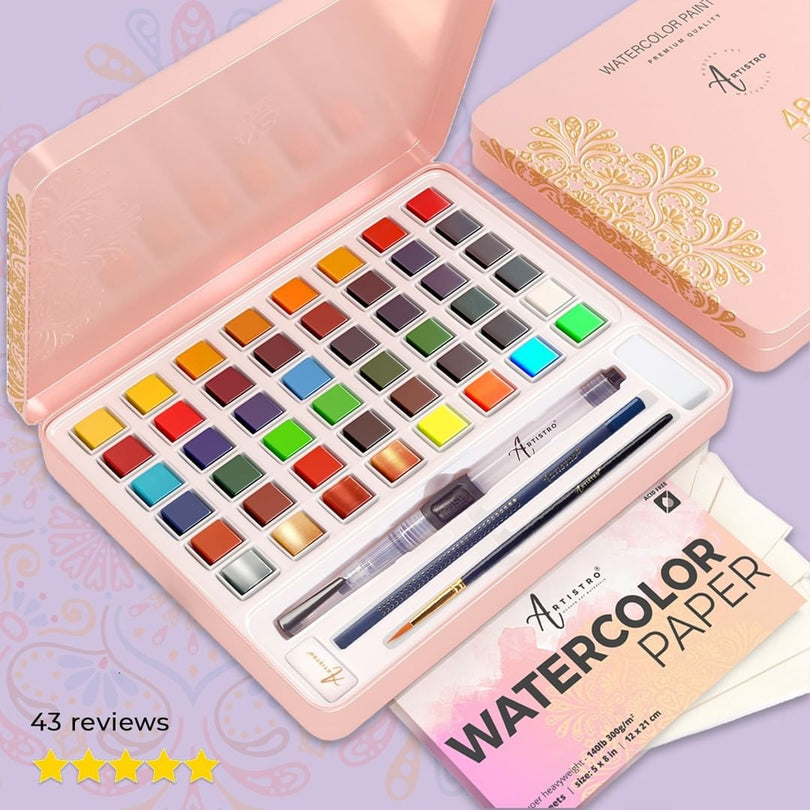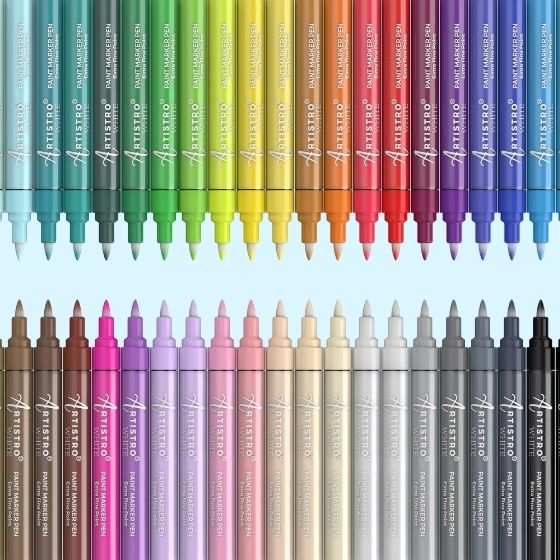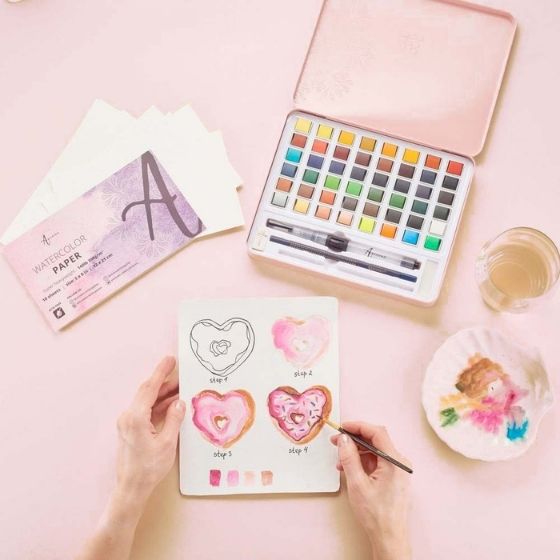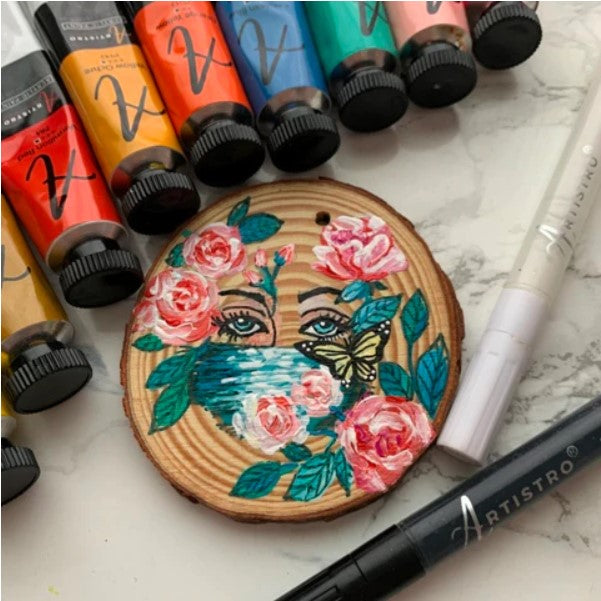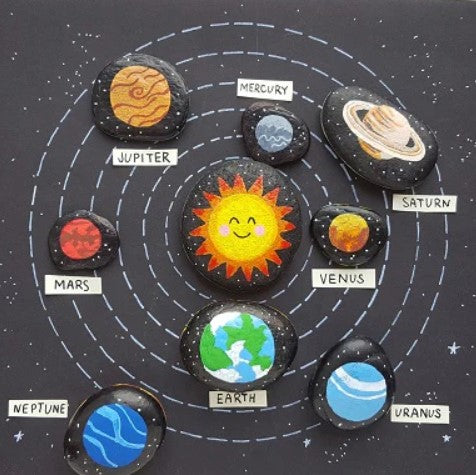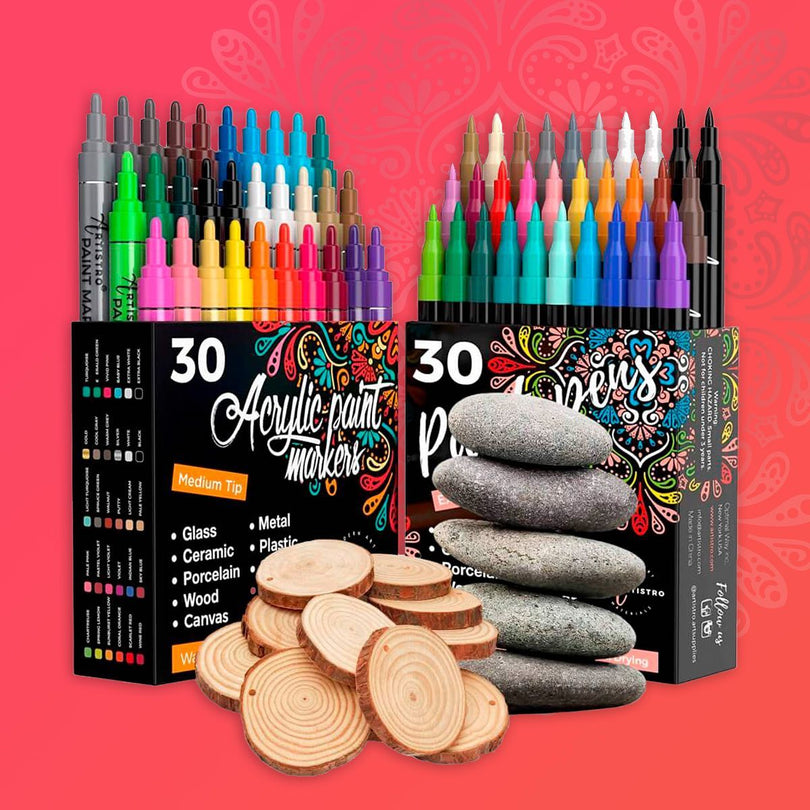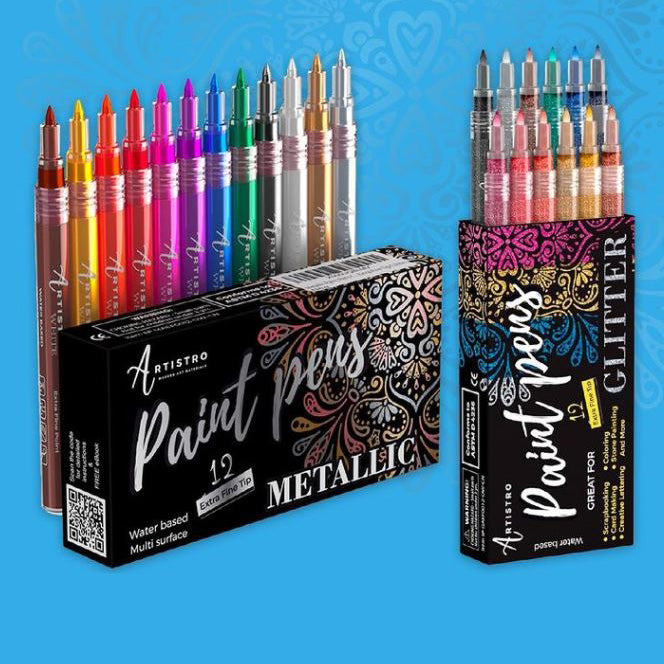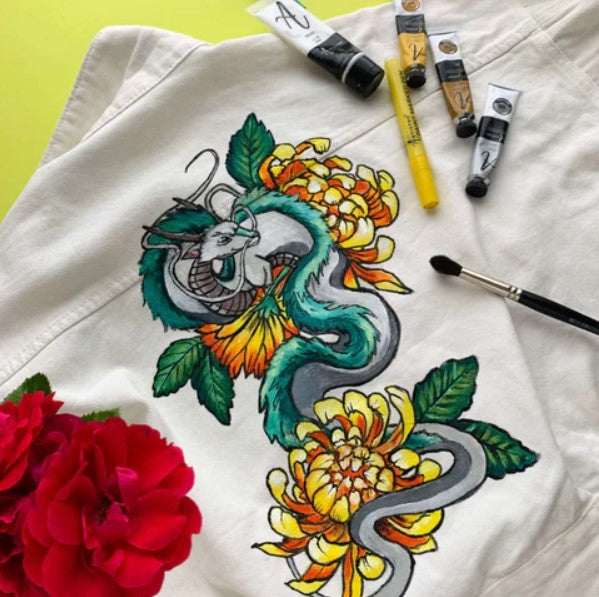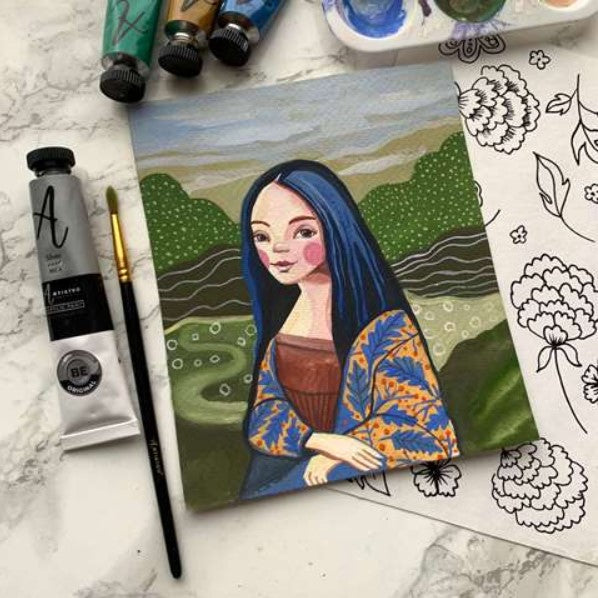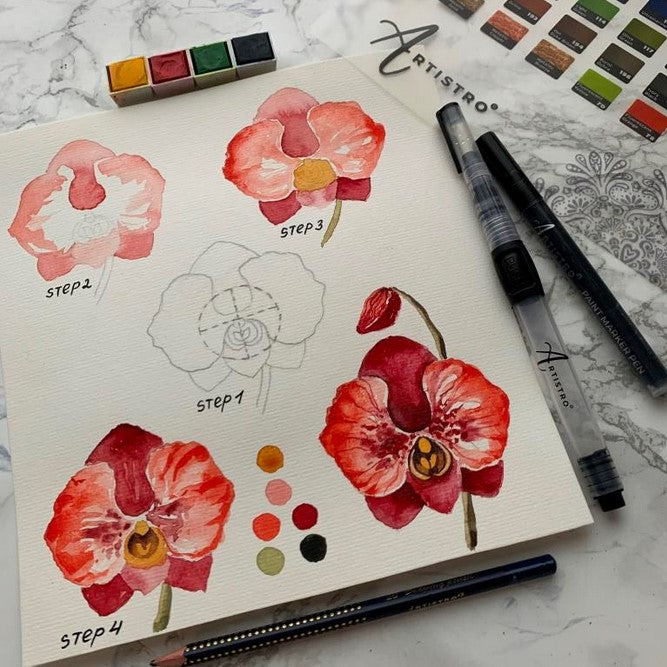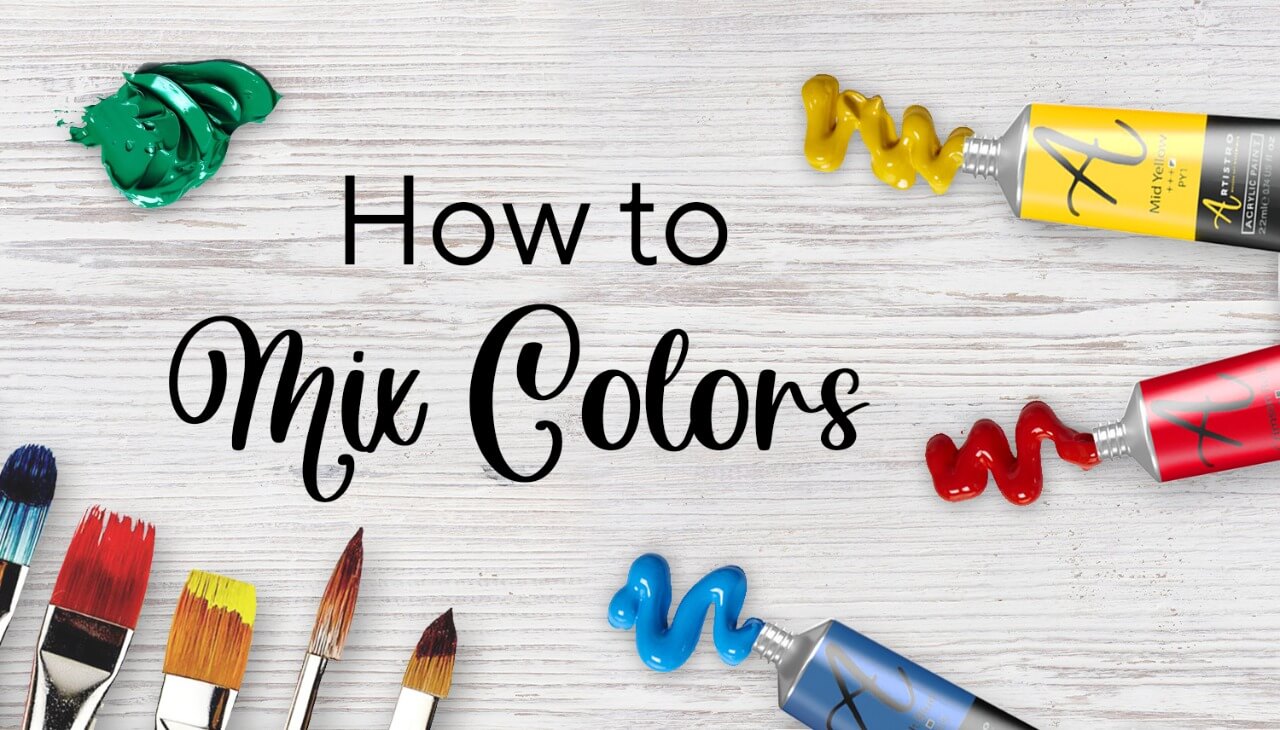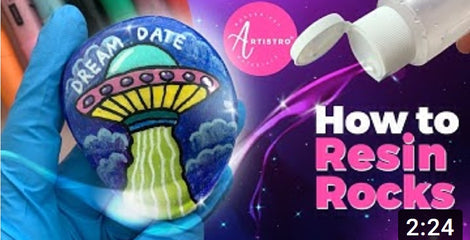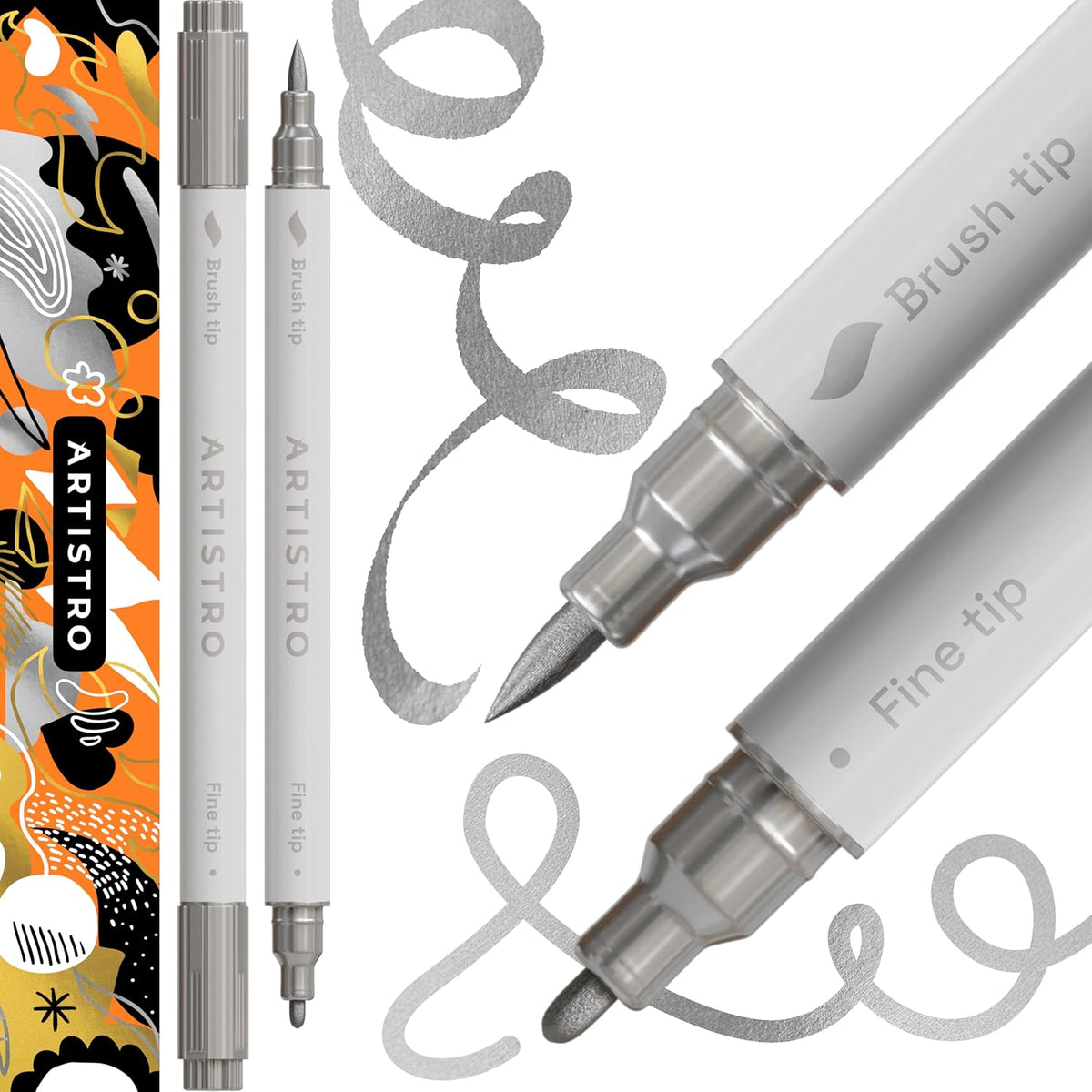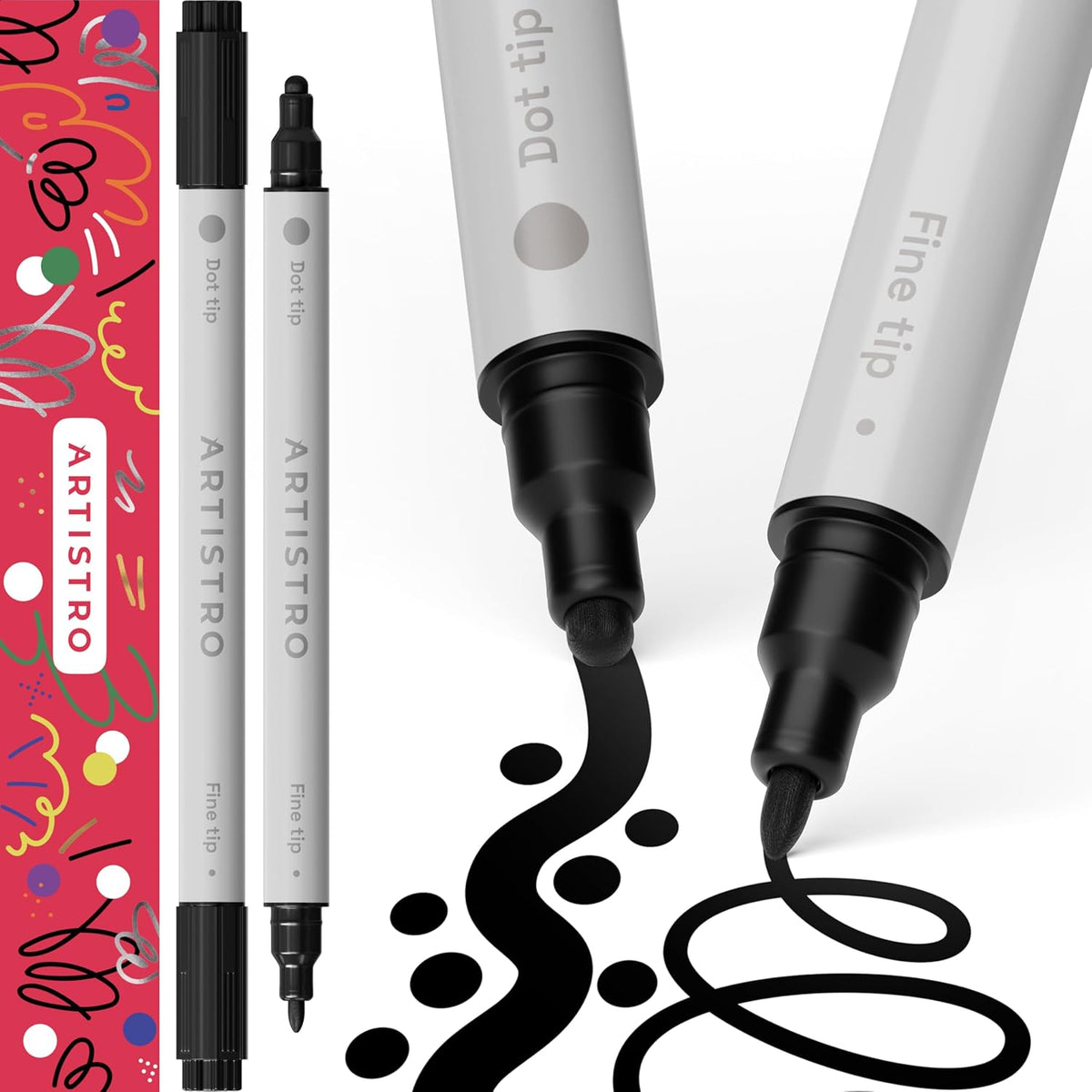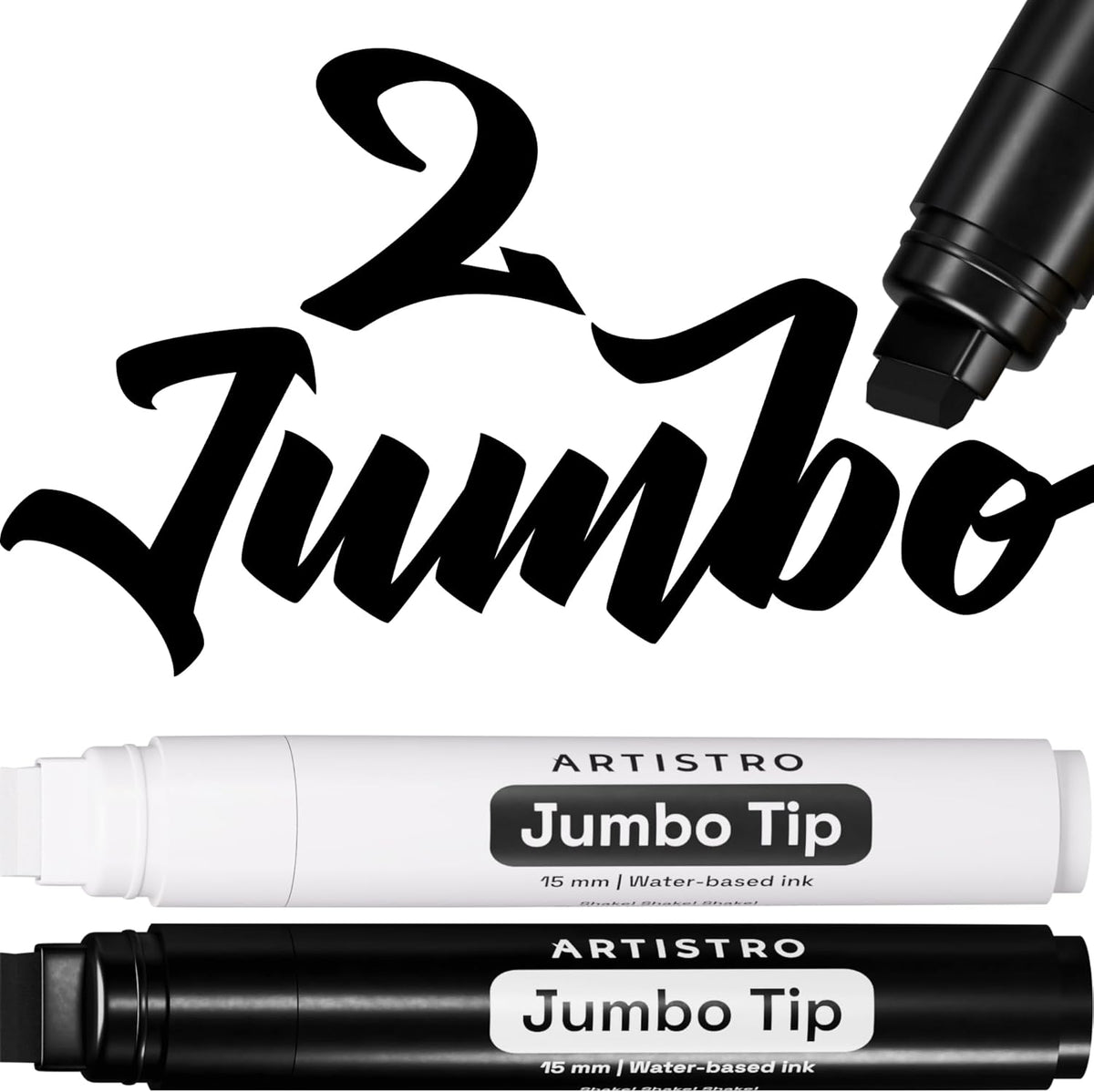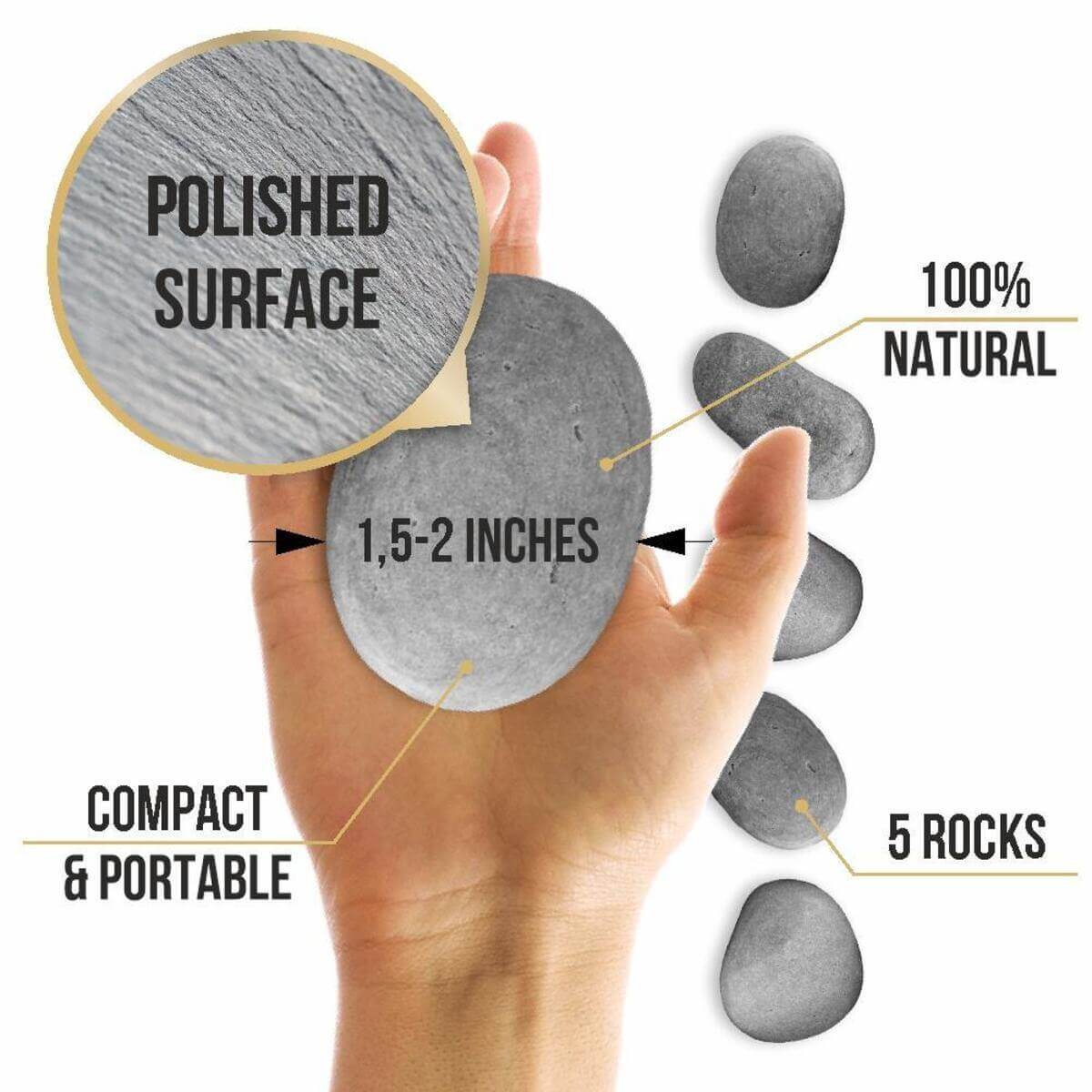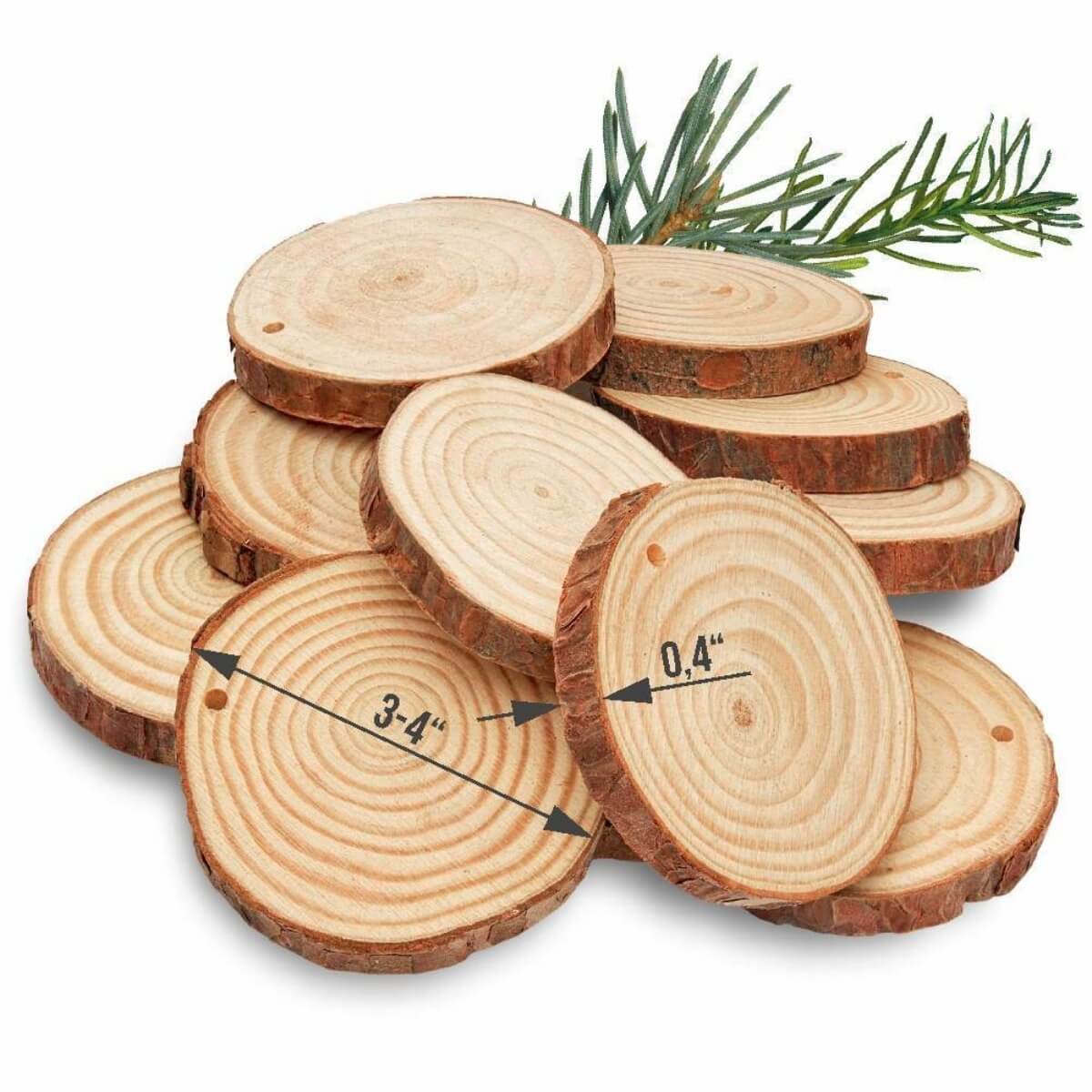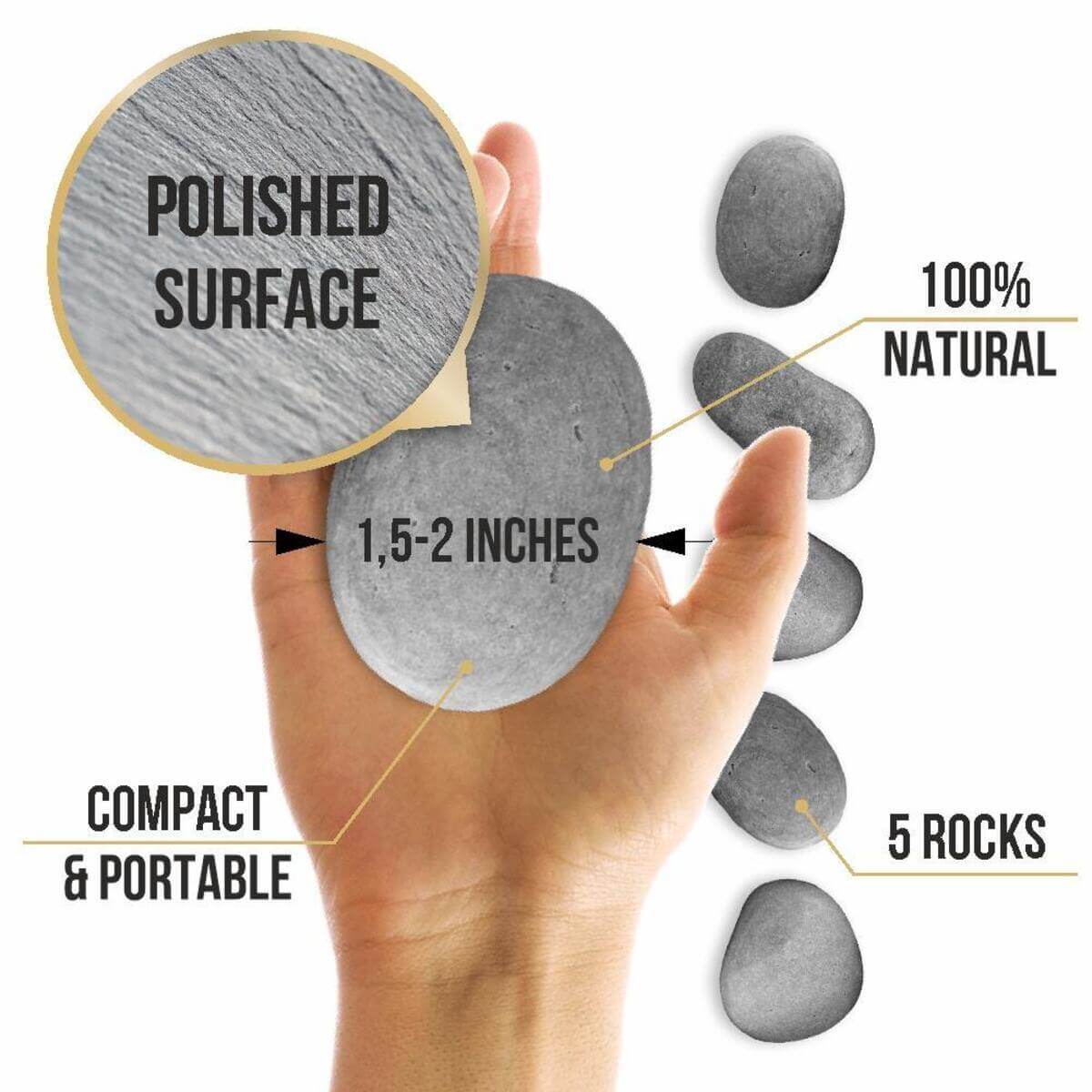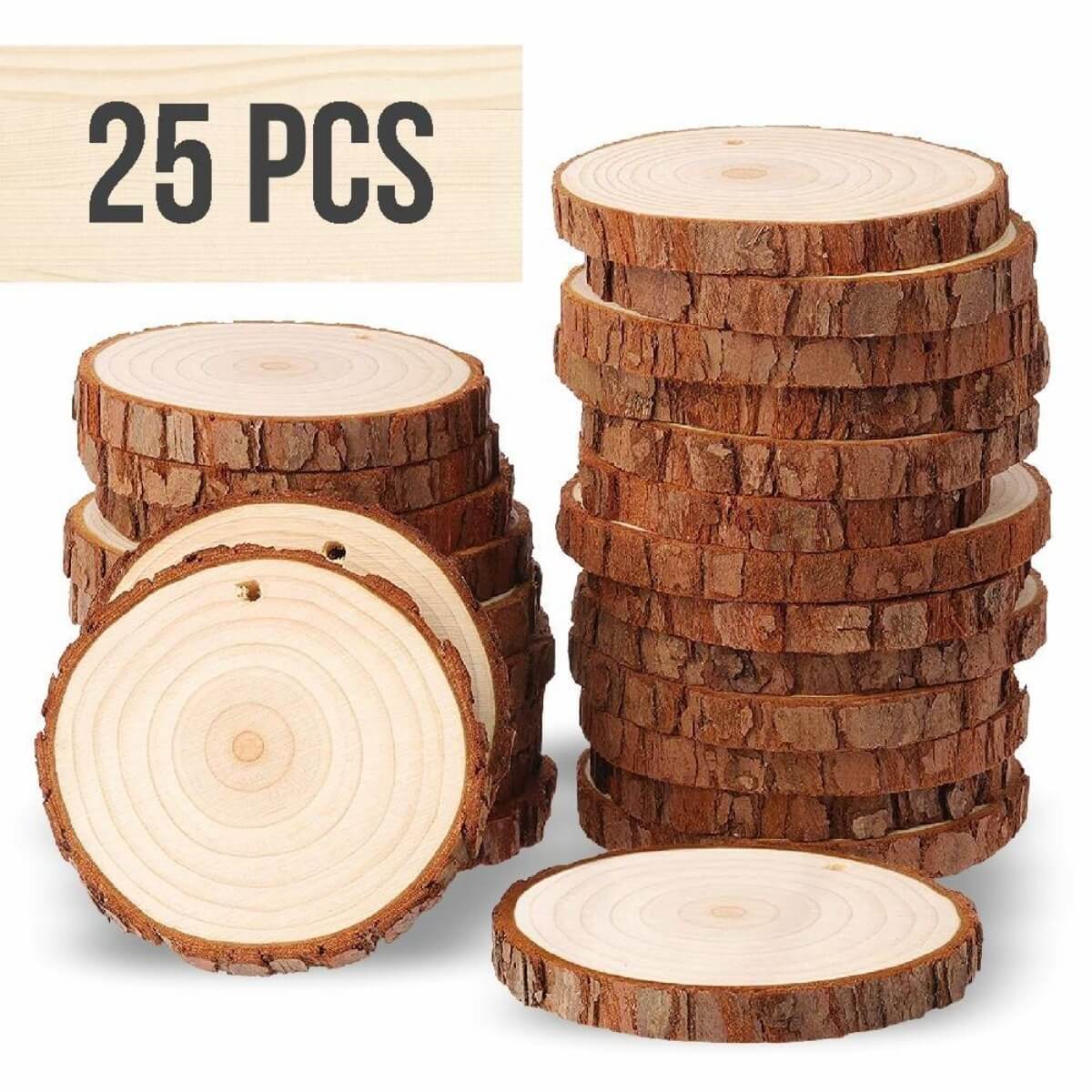Table of Contents:
Primary color mixing chart and mixing colors
There are three primary colors in nature: yellow, red, and blue; they cannot be obtained by mixing other colors. These are natural colors that exist in a natural state; that is why they are called primary. Mixing these colors together makes secondary colors, which include orange, purple, and green. Likewise, mixing primary and secondary colors produces tertiary colors. Tertiary colors include: red-violet, blue-violet, blue-green, yellow green, red-orange. On the color wheel, the tertiary colors are located between the primary and secondary colors they are made from.
In addition to the primary, complementary and tertiary colors, there are also complementary colors. In physics, this concept refers to two chromatic colors, which together form white. In painting, complementary colors are pairs of colors that, when mixed, form a neutral gray-black color. Each color has only one color that is complementary to it. For example, for yellow it is purple, for orange it is blue, and for red it is green.

Basic principles for working with Itten's color wheel
Johannes Itten's color wheel schematically demonstrates how one color blends into another, creating a diverse palette. It was developed by a Swiss artist and theorist according to his laws of color theory. This tool is based on the primary colors red, yellow, and blue. By mixing these primary colors with other primary or secondary colors, all other existing colors and shades occur. Secondary colors, which are created from mixing primary colors, form the outer circle on Itten's 12-color wheel. By alternating mixing further behind it, a circle of tertiary colors is formed.
There are several basic principles for working with Itten's color wheel:The color wheel implies the presence of an origin, that is, a base color, from which you will build on when creating a merged palette. This can sometimes be the hardest part of an artist's job.

Paint mixing guide
Green is a secondary color that is obtained by mixing primary colors. So, what primary colors make green? To get green, you need to mix yellow and blue in equal proportions. If you need to get a more light green shade, you need to mix more yellow; if you want a deeper green, you need to add more blue. The most average shade of green is obtained by mixing equal amounts of yellow and blue.
Similarly, you can get an orange color by mixing red and yellow in equal amounts. If you need a lighter shade of orange, you need to use more yellow paint, if you need a more saturated orange, you need to mix a large portion of red.
After each stroke, be sure to wash the brush in order to scoop up a completely pure color with it for further mixing.
The use of cool colors is based on:
The basis for using warm colors are:
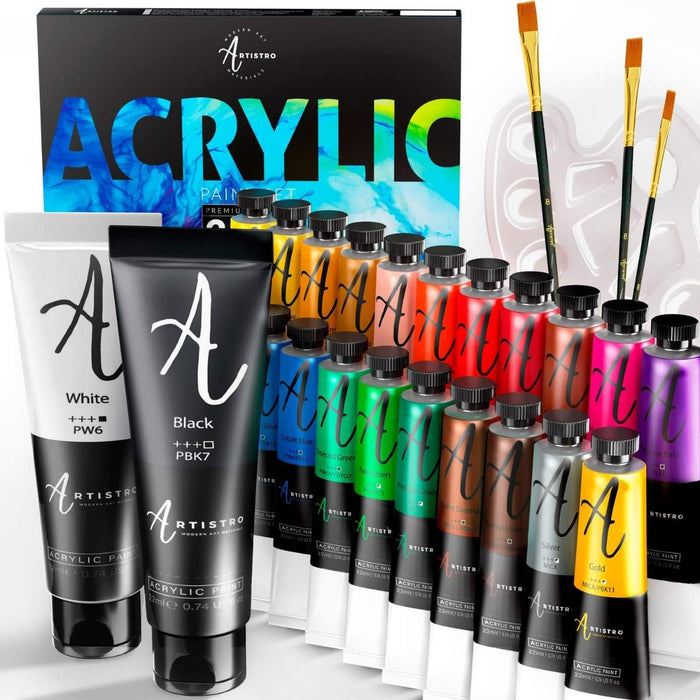
Here are some more examples of mixing popular colors:
The key to mixing paints is gradual thinning. It is important to follow the mixing process closely and gradually lighten or darken the color.
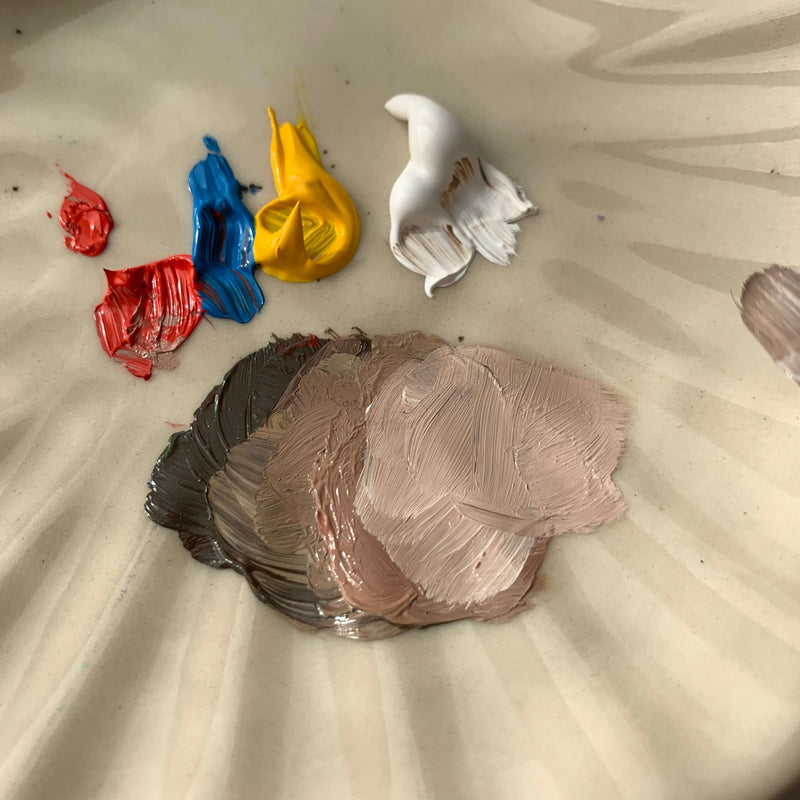
Itten's Wheel basic color mixing chart
There are six basic principles of working with a circle, according to which it is recommended to combine colors:
- Monochrome scheme - selection of different shades of the same color.
- Complementary colors - when choosing an additional color, you need to focus on the opposite colors within the Itten's Color Wheel; it is a selection of a contrasting color. For example, red and green, yellow and purple, blue and orange, etc. If these colors are close, then they enhance the effect of each other, and when mixed, they weaken each other. For example, if you mix green and red, you get gray.
- Classical triad - colors are selected from a triangle. Draw an imaginary isosceles triangle with the vertices in matching colors within the Itten's Color Wheel.
- The accent of analogy - three related colors are selected and one contrasting from the opposite side of the color wheel.
- Tetrad method - selection of four contrasting colors. They are on opposite sides of the color wheel and form a rectangle or square.
- Sequential scheme - the principle of analogy, according to which three similar colors are selected in adjacent sectors. For example, mix violet, red-violet, and blue-violet.

Mixing colors: guide to the most popular questions about paint color mixing chart
What two colors make red?
Pure red in its original understanding cannot be obtained from a combination of any colors, since it is one of the basic (primary) colors.
What colors make blue?
The answer here is none. Blue, like red, is one of the three primary colors that simply exist in nature.
What two colors make yellow?
The answer here is the same. It is impossible to get the primary color in the usual sense of the word.
What two colors make black?
To get black, you need to mix all the primary colors in equal proportions: red, yellow, and blue. You can also make nearly perfect blacks by using secondary green and primary red.
What is a pure color?
A pure color is simply a color that has fewer impurities of other colors, it is an absolute shade of a color without shifting its spectrum towards the turquoise or magenta side.

How to create a rainbow?
Only primary colors are needed to create a rainbow. Next, you need to get secondary colors from them and make a slightly lighter blue (diluted with white) to cover the seventh color of the rainbow. A good artist is able to create all the colors of Itten's wheel from the three primary colors.
How do I create shadows (gray tones)?
In fact, grays as shadows in drawings are more like gradations of one particular color, rather than the use of gray as such. These tones (a little lighter or a little deeper) can be made by adding a little more or a little less white when mixing colors.
But there is a trick how you can get primary colors by mixing primary and secondary or tertiary colors. However, it is worth recalling that all the components of such colors for mixing will be taken from the derivatives of the primary colors, which contradicts itself. Thus, derivatives of the same color will be used to obtain the primary color, which is impossible a priori.
What method do you use to mix colors?


